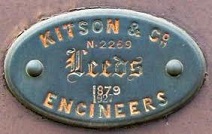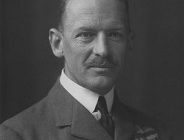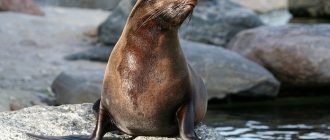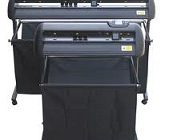Interested in the Kitson locomotive South Africa? Learn more about the unique Kitson locomotive for South Africa, which changed the face of trade around the world…
George W. Carpenter was one of the members of the family-owned business for locomotive engines. As the gentleman behind the Kitson locomotive he had worked on the study of the Practical Treatise on Rail-Roads by Nicholas Wood’s and he realized that there was a great future for steam engines.
James Kitson went on to work extensively with Charles Todd in 1837. Todd had previously apprenticed with James Fenton. Fenton was a member and partner of the entrepreneurs who were considered pioneers in locomotive construction.
The group consisted of four men: Murray, Fenton, Jackson, and David Laird, the fourth of whom was both a financier and a farmer by profession. Ultimately this group was responsible for establishing Kitson, Todd and Laird. Their activities were established at the Railway foundry in Leeds. They became known as manufacturers of tech savvy and innovative machinery as well as high-quality and economical locomotives.
Six locomotives were constructed in 1838 for both the Manchester and Liverpool railways. By 1839 both Kitson and Laird disassociated themselves from the initial group and established their own operation as the Airedale foundry in Leeds. Their first locomotive was built for the North Midland Railway in the year 1840. By 1842 David Laird had also left that newer partnership and another partnership was reestablished as Thompson, Kitson and Hewitson. They went on to construct a great number of locomotives for both local and overseas railways.
Some of these included the 0-6-0 type constructed in 1849. It had inside frames and cylinders and was constructed for the Leeds and Thirsk Railway. Its design was recognized and established as the standard for many decades for the freight locomotives used in Britain. The very first export locomotives constructed in 1846 were commissioned by the Orléans Bordeaux railway and in 1848 the locomotives were made for the Kiel-Altona line South Africa, as well as Australia, among other countries.The greatest achievement by Kitson was evidenced in the technical ingenuity and the grasp of future industrial developments. This capability allowed him to intelligently plan out his acquisition of resources. One such acquisition included the purchase of a substantial source of good Yorkshire iron in 1854, which was used by the Airedale foundry.
He also went on to establish the Monk Bridge ironworks close by to be managed by his sons James Kitson, who was later known as first Baron Airedale. This included Frederick William as main designer for locomotives at Airedale. Once Isaac Thompson, a partner, retired in 1858 and William Hewitson died in 1863, complete control of the Airedale foundry was taken over by the Kitson family. James Kitson Junior along with the third son John Hawthorn, who had previously managed the Airedale foundry since 1863 had joined in partnership with their father.
The trio went on to create amazing steam engines and locomotives along with different components to service the international railroad industry. Some of these still exist in Liverpool and Manchester in Great Britain.





